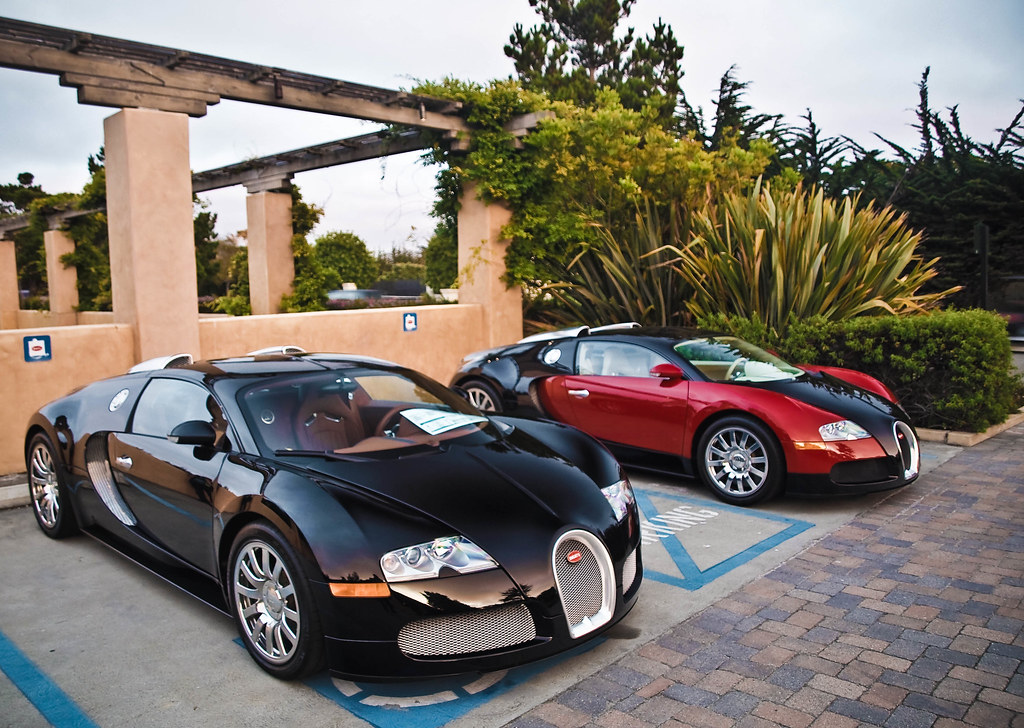There is no denying that the Bugatti Veyron is one of the most luxurious hyper cars money can buy. Even with its staggering performance numbers, Bugatti made few sacrifices in creature comforts with the surprisingly forgiving seats, fully operational climate control, ergonomically friendly controls and a quiet, comfortable ride around town.
The powerful 16 cylinder quad turbocharged Veryon has gotten its fair share of media attention due to its record-breaking top speed numbers (253.5 mph for the original version, 267.8 mph for the Super Sport trim), but there is little information to answer the question: Where did the Veyron come from?
To be honest, I did not have the foresight to ask the question before writing this article. This is a situation where I found the answer first, and the question followed. I was having sushi with a good friend of mine last week and we were talking about what trim of the new Audi A4 he should purchase. While he had his Blackberry out, he showed me a picture of an Audi concept car he came across while doing his research. It was called the Avus, and I couldn’t help but immediately notice the resemblance.
The Avus, which was unveiled by Audi at the 1991 Tokyo Motorshow, has some striking similarities to the Veyron. Aside from the design, the Avus was constructed from lightweight aluminum and powered by a 6.0 liter W12 engine capable of achieving 211 mph. It was certainly no slouch, although not powerful enough to outrun the McLaren F1, which was the fastest production car in the world at the time.
The now Chief Exterior Designer for Skoda, Jozef Kaban, was the mastermind behind the Veyron’s exterior. From the front, there is a clear resemblance to the Avus in the Veyron’s headlights, hood lines, and fender shape. The side and rear profiles show some considerable differences, but there is visible evidence that they could be relatives. But is the Veyron just paying homage to a previous concept, or is it finishing off what Audi started?
To the best of my knowledge, there has been no confirmation from Volkswagen AG that the Veyron was the reincarnation of the Avus concept, but a quick comparison of similar features begs the question. Similar bodystyles constructed from lightweight materials, mid-engine W-motor configuration, over 200 mph top speeds, permanent AWD, and both are owned by Volkswagen AG.
What do YOU think? If any of our readers have more light to shed on the subject, please share it with us!





